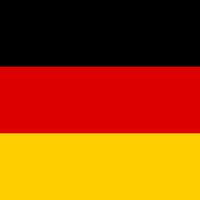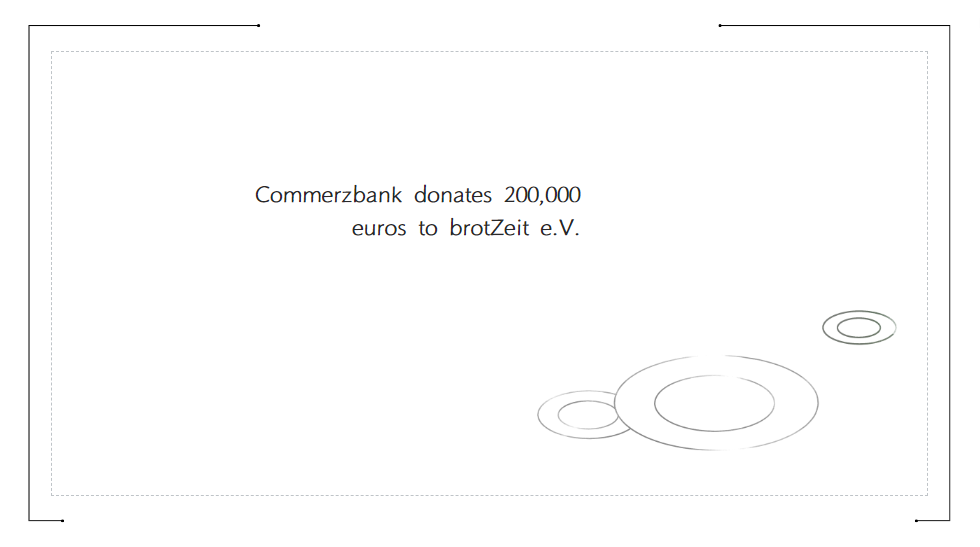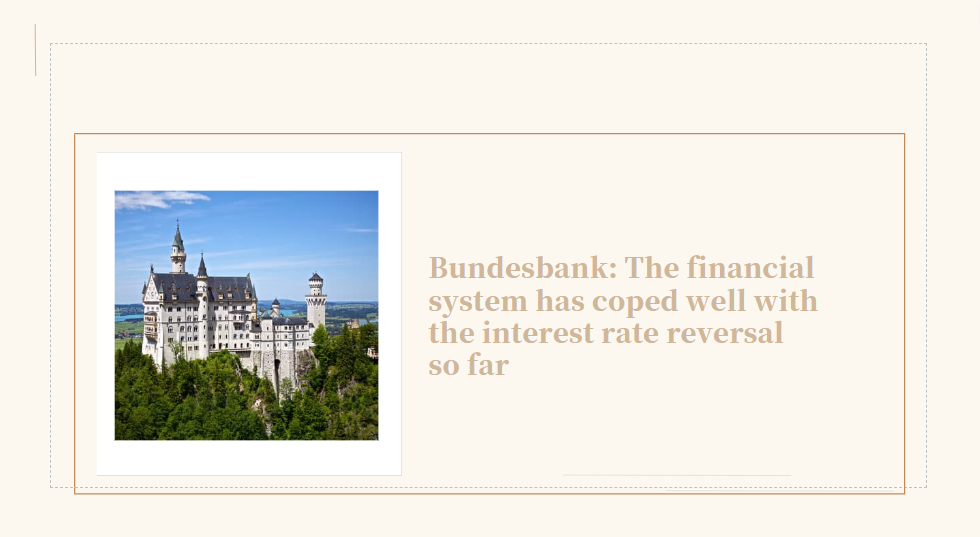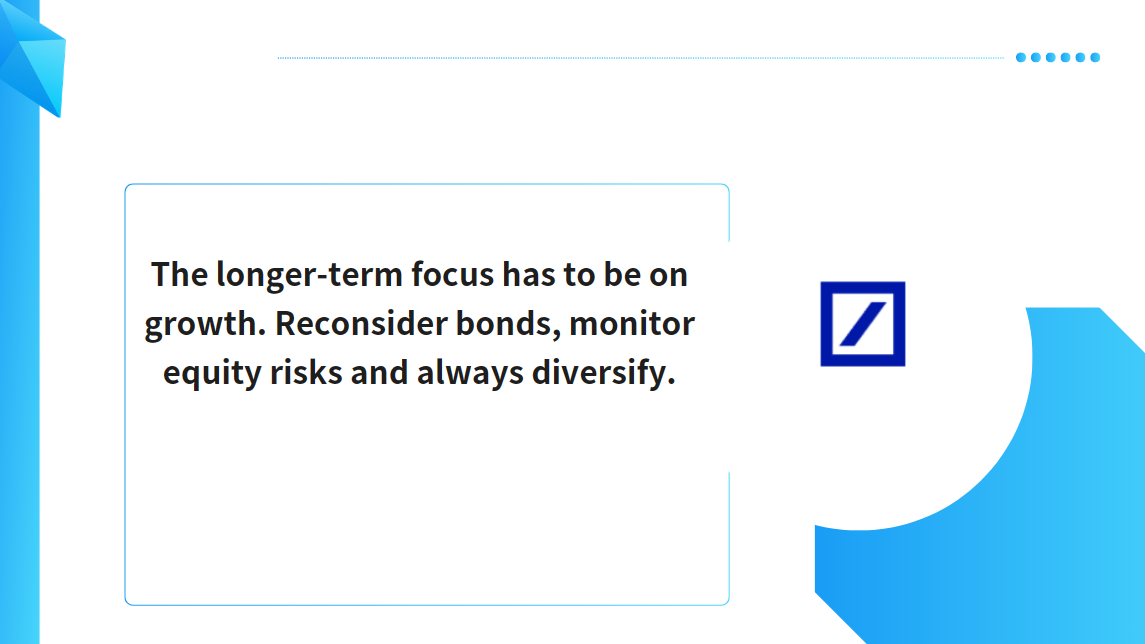Bundesbank's Forecast for Germany: Falling inflation, but not yet time to sound the all-clear
The German economy will recover in the coming years, according to the Deutsche Bundesbank’s current Forecast for Germany. However, the economic recovery is subject to some time lag. At present, weak foreign demand is the main drag on industry; in addition, private consumption is still restrained and higher financing costs are dampening investment. But the picture will soon brighten up. As from the beginning of 2024, the German economy is likely to return to an expansion path and gradually pick up speed, said Bundesbank President Joachim Nagel. The Forecast for Germany is also showing an improvement regarding inflation: the inflation rate for 2024 is set to be less than one-half of the current year’s figure. At the same time, Mr Nagel added the proviso that inflation in Germany is on the decline, but it is still too early to sound the all-clear.
According to the Bundesbank’s Forecast for Germany, calendar-adjusted real gross domestic product (GDP) will increase by 0.4% next year, following a slight contraction of 0.1% this year. In 2025 and 2026, the economy will grow by 1.2% and 1.3%, respectively. It will benefit mainly from two factors. Exports will rise on the back of expanding foreign sales markets. And, owing to the stable labour market, strong wage growth and falling inflation, households will spend more money on consumption again. Real household incomes will rise significantly, stressed Bundesbank President Nagel. On the other hand, private investment will initially continue to decline and will resume providing moderate stimulus only in 2026.
The Bundesbank’s experts estimate, based on the Harmonised Index of Consumer Prices (HICP), that inflation is likely to come down to an annual average of 6.1% in 2023 and to fall further to 2.7% next year. Energy price inflation will decline sharply and food price inflation will also decline considerably. It is only this year that core inflation (excluding energy and food) will peak at 5.1%. Next year, it will fall considerably to 3%. Supply bottlenecks will then no longer be such a major problem and profit margins will normalise. “Monetary policy tightening is increasingly yielding results,” said Bundesbank President Nagel. At the end of the projection horizon – in 2026 – the headline inflation rate will go down to 2.2%. It will thus remain higher than its long-term average.
According to the Bundesbank’s experts, public finances will benefit from temporary support measures gradually expiring. This year and next, this will have a greater impact than rising expenditure on things such as defence and pensions. The deficit ratio will therefore fall to 2% in 2023 and even further to 1.3% in 2024. It will remain unchanged in subsequent years. The debt ratio will fall to somewhat above 60% by the end of 2026.
The Forecast is based on simplified assumptions regarding the fiscal response to the ruling of the Federal Constitutional Court. The most recent Federal Government agreements on central government finances for 2024 were not reached until after the projection had been finalised. According to a preliminary assessment, however, they will not significantly alter the fiscal and macroeconomic outlook. However, the projection is still subject to uncertainty regarding further fiscal policy decisions, especially for the years as from 2025 and the specific implementation of the energy transition. In addition, there are risks to the Forecast owing, in particular, to geopolitical conflicts.
Compared with the June Forecast for Germany, the Bundesbank’s experts have lowered their projection of the GDP growth rate significantly for 2024 and slightly for 2025. The inflation rate was revised downward noticeably for 2024 and slightly for 2025.
Projection December 2023
| Year‑on‑year percentage change |
2022 |
2023 |
2024 |
2025 |
2026 |
| RealGDP, calendar adjusted |
1.9 |
-0.1 |
0.4 |
1.2 |
1.3 |
| RealGDP, unadjusted |
1.8 |
-0.3 |
0.3 |
1.1 |
1.6 |
| Harmonised Index of Consumer Prices |
8.7 |
6.1 |
2.7 |
2.5 |
2.2 |
| Harmonised Index of Consumer Prices excluding energy and food |
3.9 |
5.1 |
3.0 |
2.6 |
2.3 |
| Source: Federal Statistical Office (until Q3 2023). Annual figures for 2023 to 2026 areBundesbankprojections. | |||||























































First, please LoginComment After ~